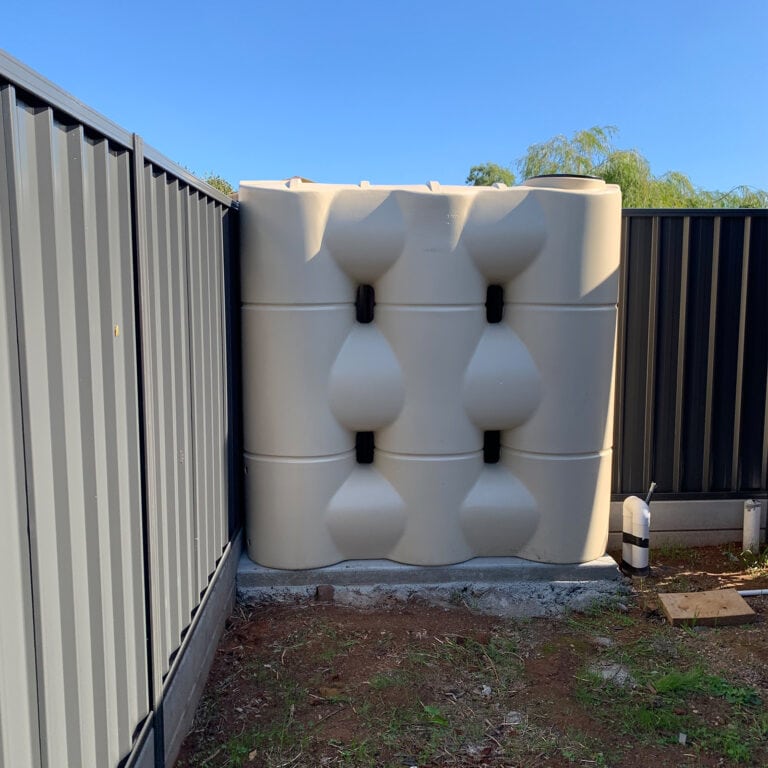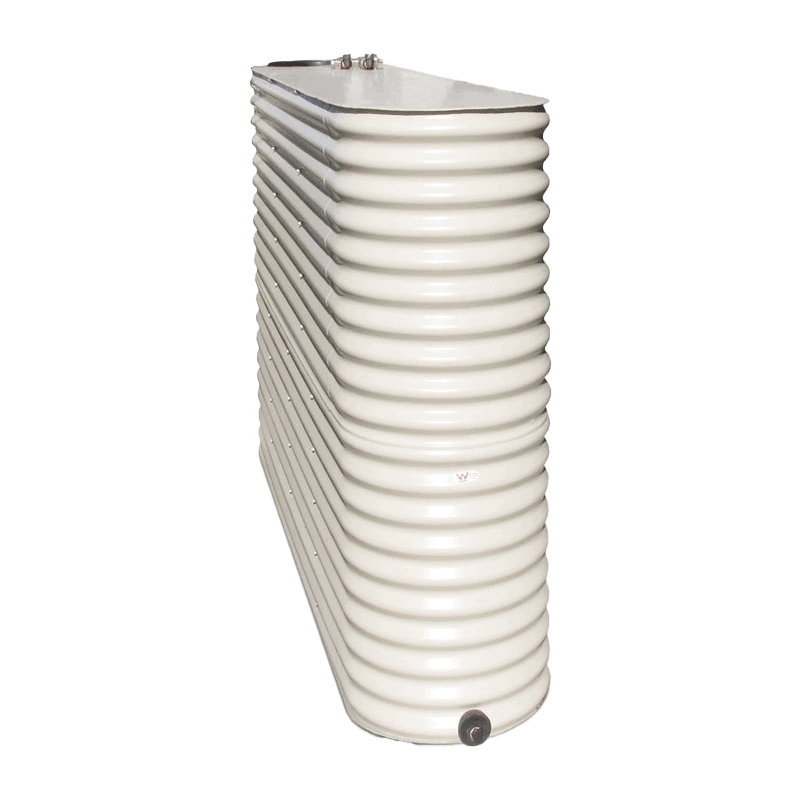Slimline Water Tanks: Space-Saving Solutions for Tiny Qualities
Wiki Article
Comprehending the Value of Rain Storage Tanks in Drought-Prone Regions for Water Security
In areas susceptible to long term dry spells, the role of rainwater tanks in strengthening water safety and security is a topic of expanding relevance. As neighborhoods face the challenges of water scarcity, understanding the relevance of these tanks exceeds plain collection of rain. Rain tanks serve as an essential tool in alleviating the effect of water scarcities by providing a sustainable source of water for various needs. However, real worth of rainwater containers extends far past simple storage; it includes resilience-building measures and the promo of long-lasting water preservation approaches. This complex approach to water security warrants a closer evaluation of the duty rainwater containers play in ensuring a reputable supply of water during times of dry spell.Advantages of Rain Containers
Making use of rain containers supplies a sustainable service for enhancing water and boosting water protection in domestic and business setups. One of the primary benefits of rain storage tanks is their capability to reduce dependency on mains water. By capturing and saving rainwater that drops on roofs, this alternate resource can be used for different non-potable objectives such as watering, purging bathrooms, and washing clothes. This not only saves cured drinking water yet likewise reduces water costs for individuals.
Rain Harvesting Methods
Rainwater collecting strategies incorporate a series of approaches developed to efficiently gather and save rainwater for different functions, adding to water conservation and sustainability. One common method is the setup of roof catchment systems, where rain is collected from the roof of a building and guided to a tank. This method is fairly simple and affordable. Another popular strategy is the use of above-ground or underground tank to save rainwater for later usage. These storage tanks come in various sizes and materials to suit different requirements and can be linked to the existing pipes system for very easy accessibility.
Furthermore, rainfall gardens and absorptive pavements are cutting-edge methods that involve landscape design or paving surface areas in a manner that allows rainwater to percolate into the ground, renewing groundwater gets. Additionally, shape farming and terracing are agricultural techniques that help capture rainwater and prevent dirt disintegration in uneven surface. By implementing these varied rainwater harvesting techniques, communities can improve water safety and security and resilience in drought-prone areas while promoting sustainable water management techniques.
Importance of Water Security
Ensuring trustworthy access to clean and sufficient water sources is critical for sustaining company website human wellness, financial development, and ecological health. Water safety is an important facet of social durability, specifically in areas prone to dry spells and water scarcity. Sufficient water security encompasses different measurements, including accessibility, high quality, and ease of access of water for domestic, farming, commercial, and ecological needs.Water protection plays a critical role in promoting public wellness by decreasing the prevalence of waterborne diseases and guaranteeing cleanliness facilities. Financially, water security is crucial for agricultural performance, industrial operations, and total economic development. Slimline water tanks. Water safety and security is closely connected to ecological sustainability, as it sustains ecological communities, biodiversity, and total environmental equilibrium.
In drought-prone areas, water protection becomes a lot more essential because of the increased risk of water shortages. Executing strategies like rain harvesting, water recycling, and effective water management methods can significantly enhance water protection in these areas. By focusing on water security, communities can better endure the influences of environment change, population growth, and various other difficulties that endanger water schedule.
Enhancing Water Durability
With enhancing worldwide water difficulties, constructing resilience in water systems has actually become a vital emphasis for sustainable development initiatives. Enhancing water resilience includes executing approaches to make sure water schedule and top quality in the face of altering environmental conditions, such as droughts, floodings, and pollution.One key aspect of enhancing water durability is advertising using rain tanks in drought-prone regions - Slimline water tanks. Rainwater containers act as an efficient means of recording and storing rainwater for later usage, lowering reliance on limited freshwater resources throughout dry periods. By integrating rain harvesting systems right into water management plans, neighborhoods can improve their capacity to hold up against water deficiency and keep water safety

Lasting Water Preservation
In the middle of escalating water challenges, the sensible administration of water sources through lasting preservation practices is crucial for making certain long-term environmental stability and societal wellness. Lasting water preservation involves the reliable use of water sources to meet present demands without compromising the ability of future generations to meet their very own demands. By carrying out approaches such as rain harvesting, greywater recycling, and water-efficient technologies, areas can reduce water have a peek here wastage and reduce stress on freshwater resources.Moreover, sustainable water conservation methods add to ecosystem wellness by preserving ample water levels in rivers, lakes, and marshes, supporting biodiversity, and preserving natural habitats. These methods also play an essential role in alleviating see it here the impacts of environment change by helping to adapt to changing precipitation patterns and water accessibility.

Conclusion
To conclude, rain tanks play a vital role in enhancing water security and durability in drought-prone regions. By making use of rain harvesting methods, areas can lower their reliance on standard water resources and advertise lasting water conservation methods. This not only helps reduce the influences of water shortage throughout dry spells however likewise adds to lasting water safety and security and resilience despite environment change difficulties.Report this wiki page